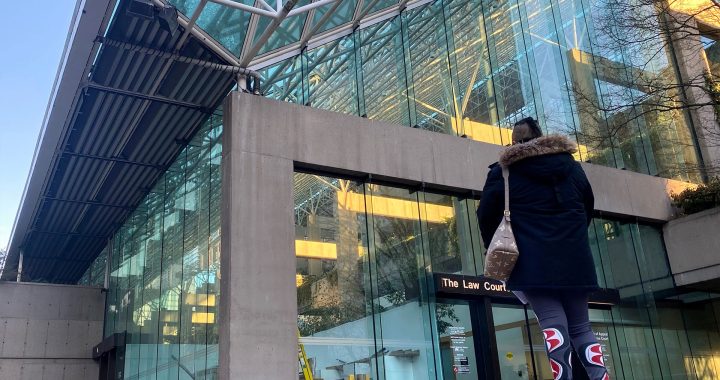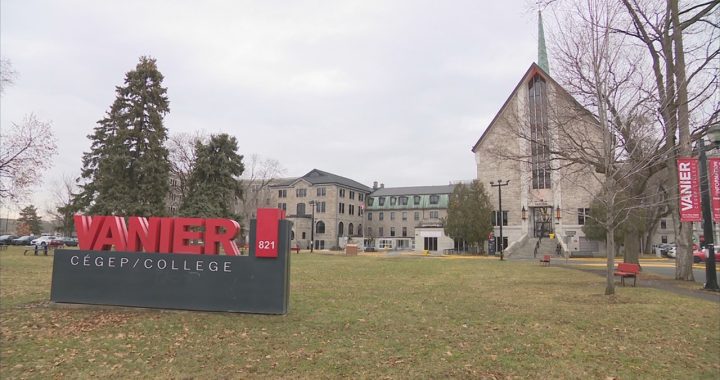The executive director of the Keepers of the Water in northern Alberta says there are concerns that leaks from a tailings pond attached to a tarsands project in northern Alberta will leak into the Athabasca River.
“So now, it’s going to be leaking in, making its way to the Athabasca River and we need the federal government, we need the provincial government and Imperial Oil to be answering these questions about what are the impacts,” said Jessie Cardinal.
“What are going to be the impacts on the water? To the people living in the community of Fort Chipewyan? To the rest of the communities living downstream? And we want to see action.”
Seepage from the tailings pond belonging to Imperial Oil has been going on since at least May and continues today. It exceeds federal and provincial guidelines for iron, arsenic, sulfates and hydrocarbons that could include kerosene, creosote and diesel.
Imperial Oil Ltd. has filed a plan for the interim cleanup of one of the largest oil patch spills in Alberta history but hasn’t released any details on the plan or the two toxic releases at its Kearl tar sands mine.
On Feb. 4, a much larger going spill occurred, spilling over 5,000 cubic metres into the same Imperial-owned Kearl tailings pond.
Neither Imperial nor the Alberta Energy Regulator is releasing new information about the massive spill and nearby seepage that forced the regulator to issue an environmental protection order last week.
The size of the first leak is unknown.
The regulator and Imperial Oil both refused interviews with APTN News and issued statements instead.
The statement from the regulator said, in part, “At this time no impacts to wildlife have been reported. The Government of Alberta sets standards and conditions of approval for licensees and the AER’s mandate is to ensure that companies operate within those requirements. Imperial is accountable to now complete and publicly communicate their strategy to attend to this matter.”
According to the company, “We regret these incidents and are making every effort to learn from them and apply preventative measures. Based on our monitoring to date, there are no reported impacts to wildlife or fish in the area and no measurable impact to local waterways.”
Cardinal said it’s estimated that 1.4 trillion litres are contained in all of Alberta’s tailings ponds.
“Right now we have these 19 toxic ponds. They call them ponds, but they are about the size of a lake,” she said. “They are massive. You have to see them to believe them, they are completely toxic.”
Imperial’s plan is supposed to include ways to stop and clean up both the leak and seepage as well as outline a plan to communicate it to the public. Although information released so far suggested there have been no wildlife impacts, the plan is also to study those effects and include a “plan for the humane euthanasia of impacted fish and wildlife.”
Evidence that oilsands tailings have been seeping into groundwater dates back to at least 2009.
In 2014, published research from federal scientists confirmed oilsands process-affected water had reached groundwater and was probably leaching into the Athabasca River. At the time, the Alberta government said the research was of interest but didn’t confirm anything.
In 2020, a group reporting to the United Nations Educational, Scientific and Cultural Organization said there was “scientifically valid evidence” the tailings ponds were contaminating groundwater. The government said it was reviewing the report but didn’t find the evidence conclusive.
With files from the Canadian Press










